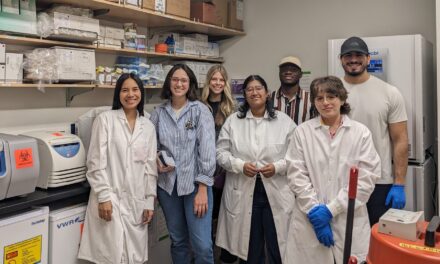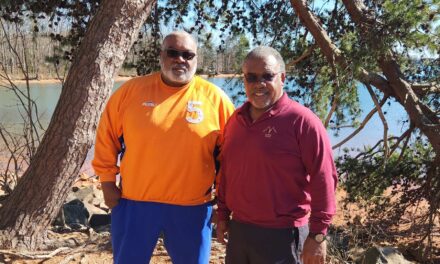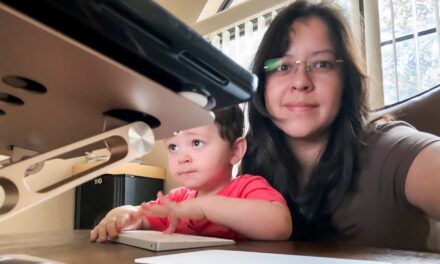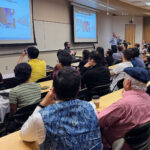
“It’s like a sweatbox:” Houston bus stops reach dangerous temperatures this summer
It’s not just the heat, it’s the humidity, say urban climate experts such as Ariane Middell, an assistant professor in the School of Computing and Augmented Intelligence, part of the Fulton Schools. And what is intensifying the effects of heat and humidity in urban environments is often infrastructure that exposes people rather that protects them from unhealthy extreme heat and humidity. That situation inhibits the body’s ability to cool itself, Middel says. For defense against such debilitating situations, she and other researchers in the field say there is a relatively affordable way to help people in cities beat the heat: plenty of shade cover provided by built structures, leafy trees and other large sheltering vegetation.
See Also: Midnight runners: the athletes up late to beat the scorching heat, The Guardian, August 30
Research team with UCLA associate professor, ASU faculty examines shade deserts, Daily Bruin (UCLA), September 5



































